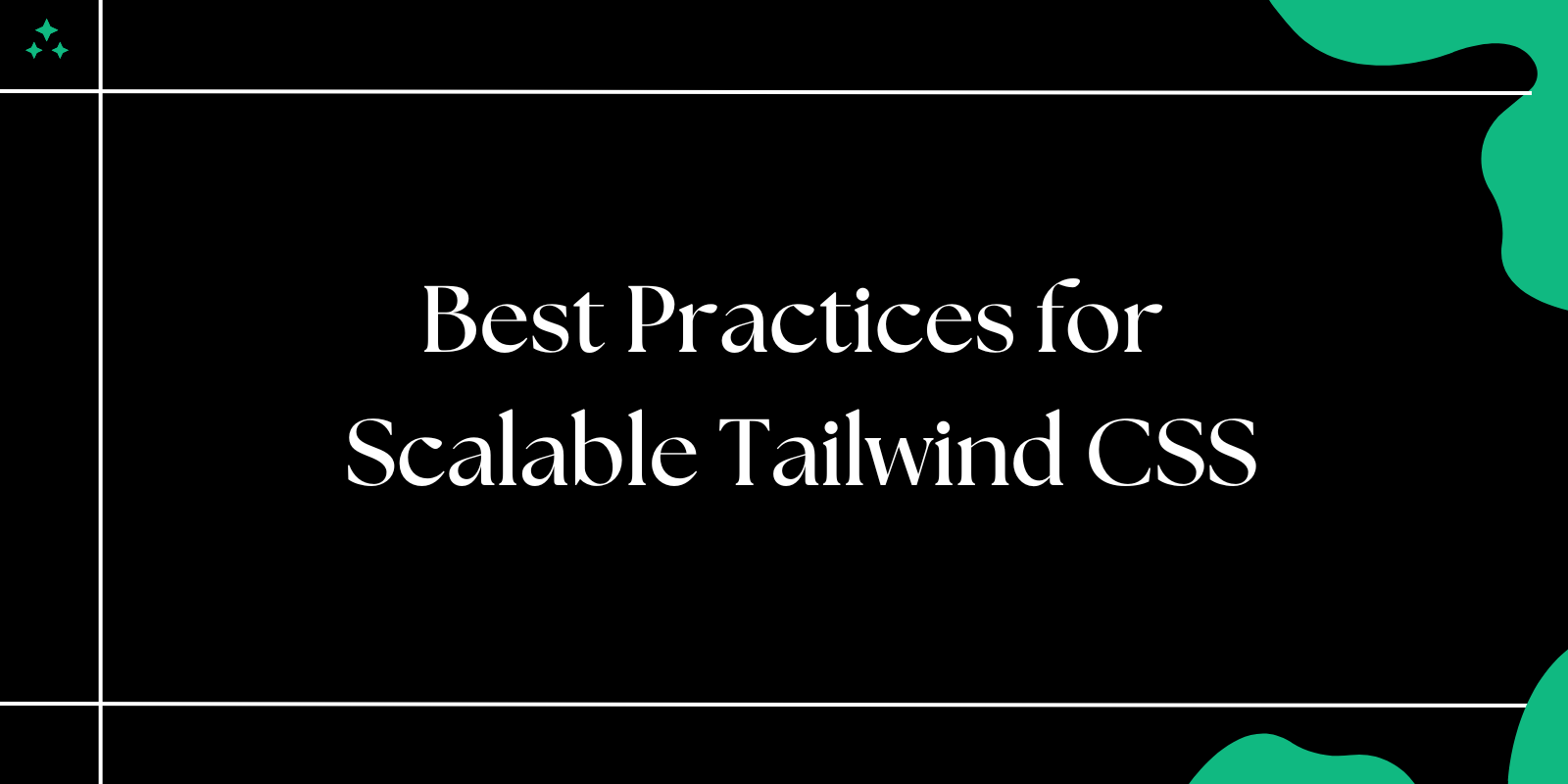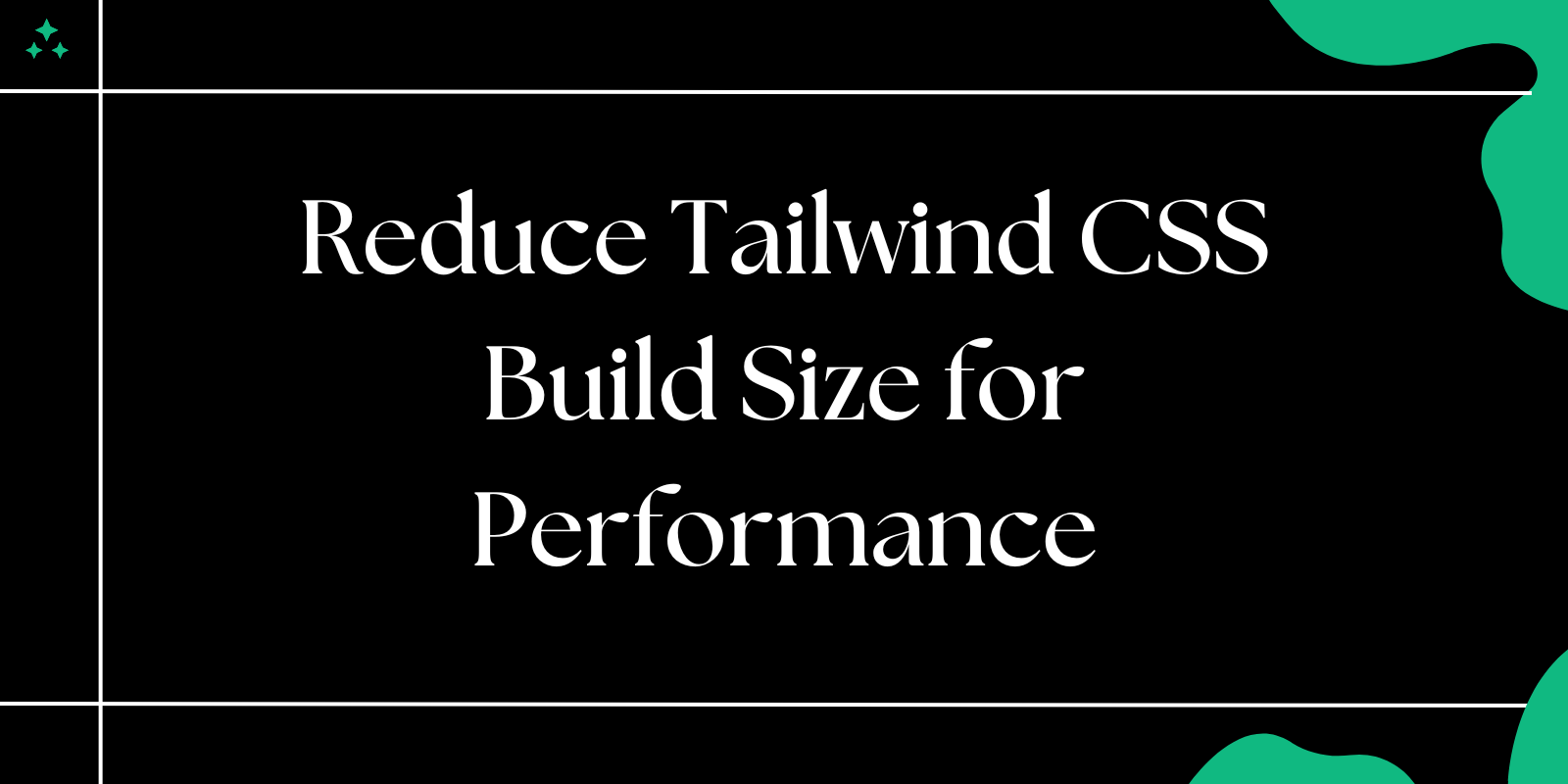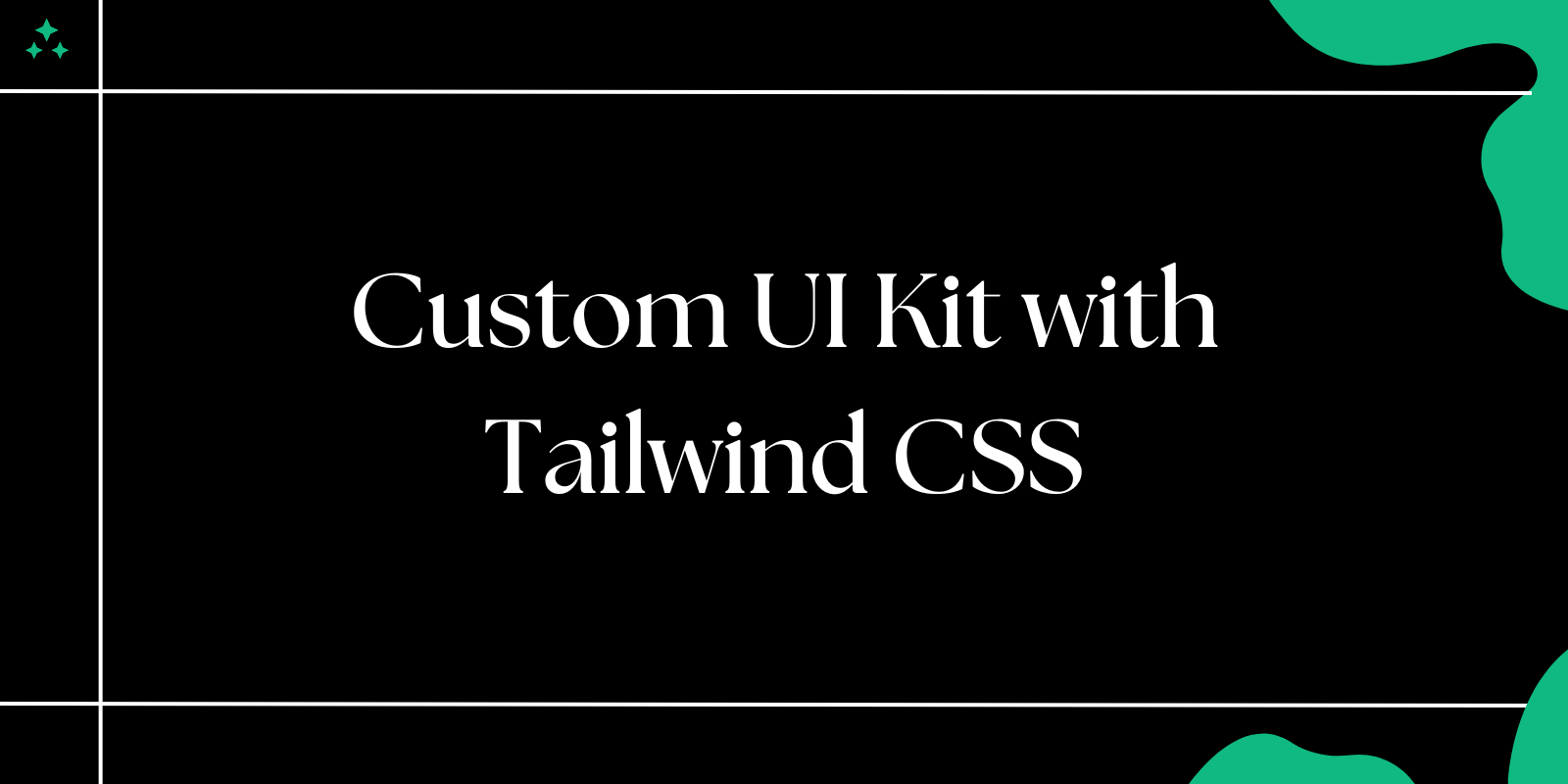Introduction
Tailwind CSS is an incredibly powerful utility-first CSS framework that empowers developers to build clean and customizable designs with minimal effort. However, when working on large projects, it’s easy to create a messy and unmaintainable codebase. This guide outlines best practices to ensure your Tailwind CSS code remains clean, scalable, and maintainable.
1. Use Tailwind’s Configuration File Effectively
Tailwind CSS provides a configuration file (tailwind.config.js) that allows you to customize colors, spacing, typography, and more. Use this file to define consistent design tokens and avoid inline values.
Example:
Instead of using custom colors directly:
<div class="text-[#123456] bg-[#654321]">Content</div>
Define them in the configuration file:
// tailwind.config.js
module.exports = {
theme: {
extend: {
colors: {
primary: '#123456',
secondary: '#654321',
},
},
},
};
Now use semantic class names:
<div class="text-primary bg-secondary">Content</div>
Benefits:
- Ensures consistent usage of colors and spacing.
- Makes your project easier to update and scale.
2. Extract Reusable Components
For repetitive patterns, extract reusable components using Tailwind’s @apply directive. This reduces duplication and ensures consistency across your project.
Example:
Instead of repeating this:
<button class="bg-blue-500 text-white py-2 px-4 rounded hover:bg-blue-600">Save</button>
<button class="bg-blue-500 text-white py-2 px-4 rounded hover:bg-blue-600">Cancel</button>
Create a reusable class:
/* styles.css */
.btn {
@apply bg-blue-500 text-white py-2 px-4 rounded hover:bg-blue-600;
}
Use it in your HTML:
<button class="btn">Save</button>
<button class="btn">Cancel</button>
3. Use Tailwind Plugins for Advanced Functionality
Tailwind plugins allow you to add new utilities and extend its functionality. Use official or community plugins for complex use cases like typography, forms, or custom utilities.
Example:
Install the Tailwind Typography plugin:
npm install @tailwindcss/typography
Enable it in your tailwind.config.js:
module.exports = {
plugins: [require('@tailwindcss/typography')],
};
Now use the prose class for styling rich text:
<article class="prose">
<h1>Scalable Tailwind CSS</h1>
<p>Learn how to scale your Tailwind projects efficiently.</p>
</article>
4. Follow a Consistent Naming Convention
Tailwind’s utility-first approach means your classes act as design tokens. Maintain consistency in your class order for better readability.
Suggested Order:
- Layout utilities:
container,grid,flex,block,hidden - Box model utilities:
p-4,m-2,w-full,h-16 - Typography:
text-lg,font-bold,leading-snug - State variants:
hover:bg-blue-500,focus:outline-none
Example:
<div class="flex items-center p-4 bg-gray-100 hover:bg-gray-200">
<span class="text-lg font-medium text-gray-700">Content</span>
</div>
5. Minimize Overuse of Inline Classes
While inline classes are powerful, they can lead to bloated and unreadable HTML. Refactor frequently used class combinations into reusable components.
Instead of:
<div class="w-full p-6 border border-gray-300 rounded shadow-md bg-white">
Content
</div>
Refactor to:
/* styles.css */
.card {
@apply w-full p-6 border border-gray-300 rounded shadow-md bg-white;
}
<div class="card">Content</div>
6. Use Variants for Conditional Styling
Tailwind’s variant modifiers make it easy to apply conditional styles without additional CSS.
Example:
<button class="bg-blue-500 text-white py-2 px-4 rounded
hover:bg-blue-600 focus:ring-2 focus:ring-blue-400 active:bg-blue-700">
Click Me
</button>
Variants reduce the need for separate hover or focus styles in your CSS.
7. Purge Unused CSS in Production
Tailwind generates a large CSS file during development to include all possible utilities. Use PurgeCSS to remove unused styles in production builds.
Configure PurgeCSS in tailwind.config.js:
module.exports = {
purge: ['./src/**/*.html', './src/**/*.js'],
theme: {
extend: {},
},
};
Run Production Build:
npm run build
This reduces file size significantly and improves performance.
8. Document Your Design Tokens and Classes
For scalable projects, maintain a style guide or documentation that outlines:
- Tailwind tokens (colors, spacing, etc.).
- Naming conventions for reusable components.
- Examples of commonly used patterns.
Example Documentation:
| Class Name | Description |
|---|---|
.btn | Primary button styles. |
.card | Reusable card component. |
.form | Basic form styling classes. |
9. Modularize Large Projects
For large projects, break down your Tailwind CSS into smaller files for better organization. Use tools like PostCSS to manage custom CSS.
Example:
styles/
├── base.css # Tailwind base utilities
├── components.css # Reusable components (e.g., .btn, .card)
└── pages.css # Page-specific styles
10. Leverage the JIT Compiler for Improved Performance
Tailwind’s Just-in-Time (JIT) compiler generates only the styles you use, ensuring faster builds and smaller CSS files.
Enable JIT Mode:
Update your tailwind.config.js:
module.exports = {
mode: 'jit',
purge: ['./src/**/*.html', './src/**/*.js'],
theme: {
extend: {},
},
};
Benefits:
- Real-time feedback during development.
- Smaller CSS footprint in production.
Conclusion
By following these best practices, you can ensure that your Tailwind CSS projects remain scalable, maintainable, and efficient. Whether you’re building a small website or a large-scale application, leveraging Tailwind’s configuration options, reusable components, and JIT compilation will help you streamline your workflow.
Start implementing these practices today to make the most out of Tailwind CSS!



